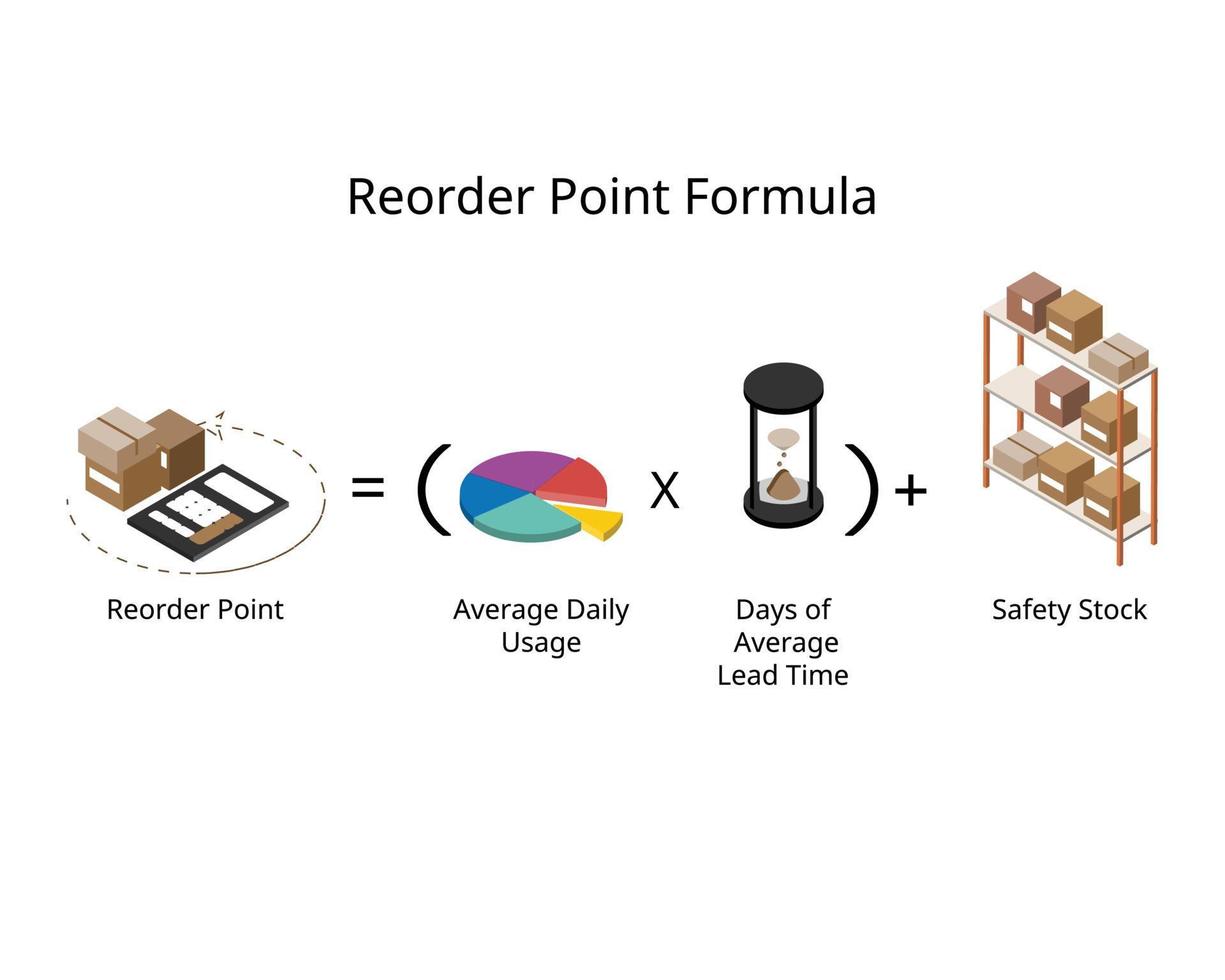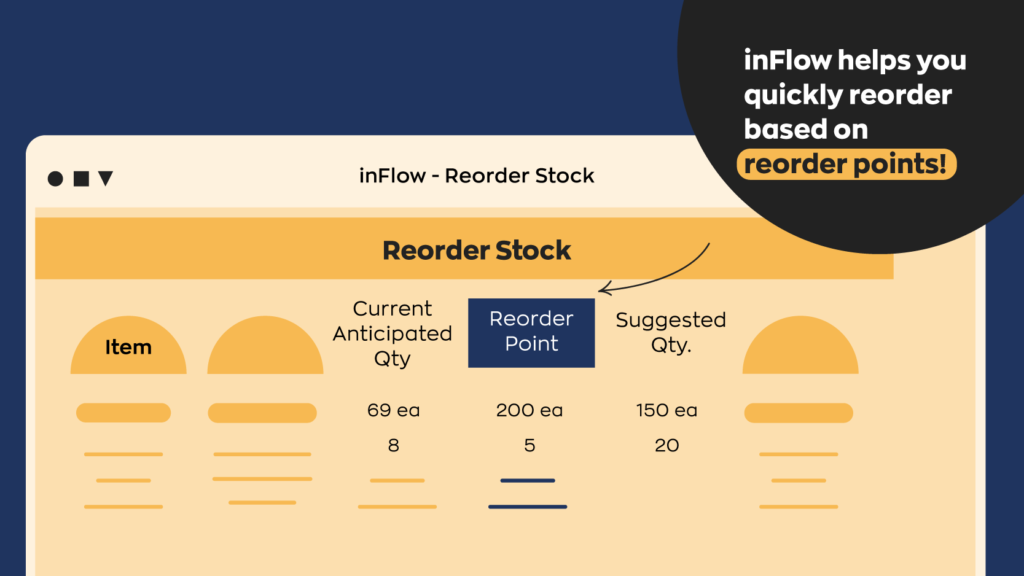They’re overseen by the Financial Business Regulatory Authority (FINRA) and the Securities and Trade Commission (SEC), however they’re not subject to the same requirements as conventional exchanges. Different buying and selling methods have undeniably remodeled the landscape of economic markets. By providing revolutionary options for commerce execution, these platforms have addressed most of the limitations of traditional exchanges. The ability to offer anonymity, cut back prices, and supply quicker execution has made ATS a beautiful option for a variety of market individuals. The monetary markets are altering fast, because of alternative trading techniques (ATS). They embody digital communication networks (ECNs), dark swimming pools, and crossing networks.
One such system is the Alternative Trading System (ATS), a non-exchange trading venue that matches consumers and sellers to facilitate transactions. ATSs have gained recognition in recent years due to their capability to offer a more environment friendly and cost-effective trading surroundings. Another Trading System (ATS) is a non-exchange trading venue that matches patrons and sellers to execute transactions, providing a substitute for traditional exchanges.

Fair Access Necessities

However, an auto trade system could make it simpler for beginners to enter the market, and assist customers scale their technique. In fact, many institutional traders use automated software program to manage 1000’s or even millions of shares every day. Automated buying and selling, generally called “algorithmic trading” is a technique of participating in financial market trades, like inventory and foreign exchange trades, utilizing computer packages.
As A Result Of ATSs do not have the same quote show necessities as exchanges, it might be tough for members to evaluate the depth and liquidity of the market. ECNs are absolutely automated techniques that match buy and sell orders at specified costs. Darkish Pools are personal exchanges the place individuals can commerce with out revealing their intentions to the broader market. Crossing Networks match purchase and sell orders at particular times, typically at the midpoint of the National Greatest Bid and Supply (NBBO). If you’re looking for alternate options to conventional inventory exchanges and are considering ATS platforms, you’ll additionally need to know about one of the best brokers for day trading. The right dealer can make a big distinction in your trading experience, particularly when utilizing ATS platforms.
Why You Can Belief Finance Strategists
ATS trading typically offers extra flexibility, lower charges, and larger anonymity in comparison with conventional exchanges. It often caters to particular buying and selling wants, such as giant block trades, and should operate with different regulatory necessities. Investors and traders have many methods when using alternative buying and selling systems (ATS). The rise of other buying and selling techniques has modified how we trade financial instruments.
However, before venturing into the realm of automated buying and selling, it’s crucial to think about several elements to guarantee you are adequately prepared. The good news for individuals who do need to automate commerce execution, while mitigating dangers is that new platforms are rising to address these challenges. The Algorix platform, for instance, provides access to a user-friendly setting that reduces the necessity for technical information. It also comes with sturdy monitoring features, and in-depth insights traders can use to scale back the danger of important issues harming their trading success. Automated merchants can range in their performance, providing access to varied tools, resources, and data-driven systems that boost buying and selling efficiency.
ATS provides a venue for buying and selling securities that will not https://www.xcritical.com/ have adequate liquidity on traditional exchanges. By aggregating provide and demand from varied sources, ATS can offer improved liquidity, probably leading to higher execution costs for merchants. An different buying and selling system (ATS) is a computerized platform that matches buy and promote orders for securities outdoors of conventional inventory exchanges.
- Automated buying and selling platforms are nonetheless vulnerable to technical flaws, and market conditions can shift unexpectedly, impacting their efficiency.
- These platforms provide a marketplace the place merchants can execute orders with out the common public transparency of a securities exchange.
- ATS Trading, quick for Alternative Buying And Selling Techniques, is a market where counterparties can execute sales of securities outdoors of conventional inventory exchanges.
- Whereas ATSs are a crucial part of the trendy buying and selling panorama, understanding how they work and the function they play within the broader financial ecosystem may be difficult.
Registered representatives can fulfill Persevering With Training requirements, view their industry CRD record and carry out other compliance duties. FINRA Data supplies non-commercial use of knowledge, particularly the flexibility to save information views and create and manage a Bond Watchlist. Here, we’ll explain precisely what “automatic trading” means within the trendy world, discover the professionals and cons of using autotrading methods, and share our high ideas for bettering trading outcomes. Ask a question about your financial scenario offering as a lot detail as potential. Your information is stored secure and never shared except you specify.
So, if you’re on the lookout for better prices, flexibility, pace, anonymity, and unique liquidity, an ATS might be just what you need. This can open up new trading opportunities and doubtlessly improve your execution. This may be beneficial for large institutional traders who don’t want to tip off the market about their moves. They can offer custom-made order sorts and buying and selling algorithms that cater to your particular needs. At the same time, ATSs additionally introduce challenges such as market fragmentation and regulatory complexities. Operating an ATS involves addressing challenges requiring strategic compliance and market operations approaches.
Lack of transparency is a standard issue with ATS, particularly when coping with darkish swimming pools Decentralized application. Widespread allegations against darkish swimming pools include illegal front-running, which happens when institutional merchants place orders in entrance of a customer’s order to capitalize on the uptick in share costs. Understanding the intricacies of the automated trading system is crucial. Simplifying your objectives and techniques from the beginning might help you avoid confusion as you learn. Earlier Than you invest any funds right into a trade, analysis and examine the trading accounts you’re using.
They provide entry to extra liquidity, clearer costs, and sooner trades. This makes trading more environment friendly and fewer impactful available on the market. ATS trading offers a special avenue for trading securities and can be a helpful a part of ats full form in banking a diversified buying and selling technique.
Trends may embrace increased efficiency, transparency, and the convergence of ATS and traditional exchanges. Whereas each ATS and traditional exchanges serve the basic function of facilitating securities trading, they differ in many respects. In other global markets, native regulatory bodies oversee the operation of ATS. These rules differ extensively, reflecting variations in market buildings, authorized techniques, and regulatory philosophies. Institutional traders, corresponding to hedge funds, mutual funds, and pension funds, utilize ATS to execute large-volume trades discreetly, minimizing market impact.

